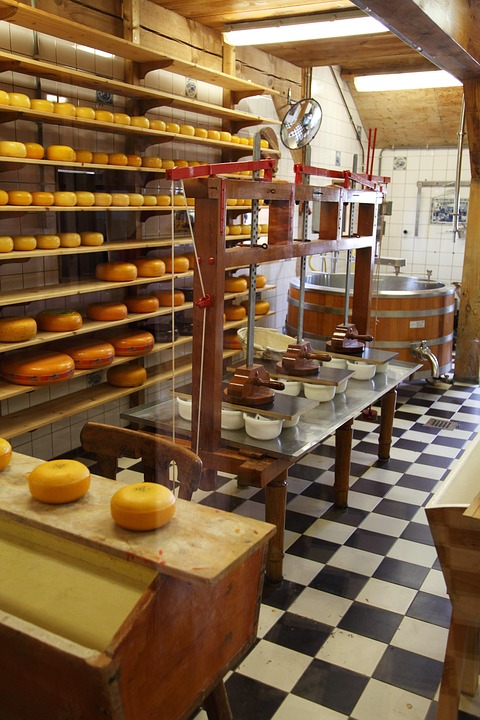Milk Reception and Cooling Equipment for Farm-to-Factory Flow
Introduction
In the dairy industry, the process of receiving and cooling milk at the farm level is crucial for maintaining its quality and freshness before it is transported to the processing plant. This report will delve into the various types of milk reception and cooling equipment used in the farm-to-factory flow, highlighting their significance, functionality, and impact on overall dairy operations.
Importance of Milk Reception and Cooling Equipment
Efficient milk reception and cooling equipment are essential for preserving the quality of raw milk and preventing bacterial growth that can lead to spoilage. By rapidly cooling the milk to the optimal storage temperature, these equipment help maintain the nutritional value and extend the shelf life of the product. Additionally, proper reception and cooling processes ensure compliance with regulatory standards and enhance the overall efficiency of dairy operations.
Types of Milk Reception Equipment
Milk reception equipment includes various components such as milk pumps, strainers, receivers, and meters that facilitate the transfer of raw milk from farm tanks to storage tanks or tanker trucks. Automated milk reception systems are equipped with sensors and monitoring devices to ensure accurate measurement and quality control. Some advanced systems even incorporate electronic identification technology to track individual cow milk production.
Types of Milk Cooling Equipment
Milk cooling equipment plays a critical role in maintaining the freshness and quality of raw milk by quickly lowering its temperature to inhibit bacterial growth. The most common types of milk cooling systems include bulk milk coolers, plate heat exchangers, and instant cooling tanks. These systems utilize refrigeration technology to rapidly chill the milk to the desired storage temperature, typically between 32°F to 39°F (0°C to 4°C).
Industry Insights and Trends
The global market for milk reception and cooling equipment is driven by the growing demand for dairy products, stringent food safety regulations, and increasing focus on efficiency and sustainability in dairy operations. According to industry reports, the market is expected to witness steady growth in the coming years, with a rising adoption of automated systems and advanced cooling technologies.
Financial Data and Companies
Leading companies in the milk reception and cooling equipment sector include DeLaval, GEA Group, BouMatic, and Fullwood Packo. These companies offer a wide range of solutions for dairy farmers, ranging from small-scale farm equipment to large-scale industrial systems. In terms of financial data, the global market for milk reception and cooling equipment was valued at approximately $X billion in 2020, with a projected CAGR of X% from 2021 to 2026.
Conclusion
In conclusion, milk reception and cooling equipment are indispensable components of the farm-to-factory flow in the dairy industry. By investing in efficient and advanced systems, dairy farmers can enhance the quality, safety, and sustainability of their milk production operations. As the demand for dairy products continues to rise, the adoption of innovative milk reception and cooling equipment will play a key role in driving the growth and competitiveness of the dairy sector.




